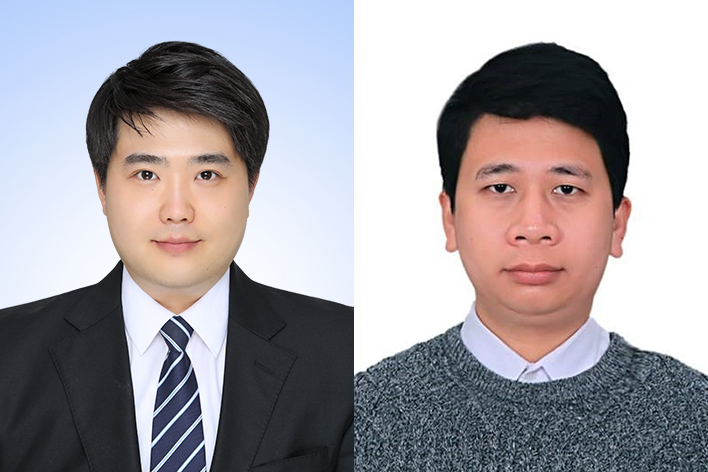Professor Lee Oh-joon's team develops graph neural network for identifying key molecular ...
- Writer :External Relations Team
- Date :2025.02.10
- Views :134
Professor Lee Oh-joon's team develops graph neural network for identifying key molecular functional groups
- Professor Lee Oh-joon from the Department of Artificial Intelligence and Ph.D. student Hoang Van Thuy develop “Subgraph-conditioned Graph Information Bottleneck” technology
- ▲Automatically identifies key molecular functional groups ▲Predicts molecular properties... AI-powered drug development expected to accelerate
- Research result to be presented at AAAI 2025, one of the most prestigious international conferences in the field of artificial intelligence

△ Lee O-jun, Professor of Artificial Intelligence
Professor Lee O-jun from the Department of Artificial Intelligence at our university and Ph.D. student Hoang Van Thuy from the Network Science Lab (https://nslab-cuk.github.io/) have developed a new graph neural network pre-training technique that automatically identifies and predicts properties of key functional groups in molecules. This research outcome was recognized for its excellence, with the paper being accepted for presentation at AAAI 2025, one of the world's most prestigious international conferences in artificial intelligence. At AAAI 2024, Professor Lee O-jun and Ph.D. student Hoang Van Thuy had also presented research on a graph transformer with high capabilities to identify structures.
While the competition in AI-driven drug development intensified, research on molecular structure analysis, which is at the core of AI drug development, has shown limitations due to data securing difficulties, leading to reliance on publicly available benchmark datasets. To this, Professor Lee O-jun's research team in the Department of Artificial Intelligence at Catholic University has developed a new graph neural network technique that makes molecular structure analysis and property prediction more accurate, while also resolving the data scarcity problem.
The “Subgraph-conditioned Graph Information Bottleneck” technique developed in this study runs pre-training to enable the graph neural network to automatically identify key functional groups showing specific chemical reactions within a molecule. In particular, the technology proved its superior performance by significantly improving ▲the detection ability of key functional groups within molecules, ▲property prediction of polymer materials, and ▲interpretability of the analysis model, elements that have been overlooked by the existing molecular structure graph neural network technologies.
Professor Lee O-jun's research team expects this research to be utilized for developing new materials in various industries, going beyond drug development. It is predicted that application of the technique developed in this study will greatly improve the learning efficiency and performance of graph neural networks, making it possible to use AI models in the entire process of new drug development, which in turn would accelerate research and development.
Professor Lee O-jun from the Department of Artificial Intelligence said, “This research has overcome the limitations of existing graph neural network methods while presenting new possibilities for molecular structure analysis. We expect that it will become an important technology in various industries, including new drug development. Our university's Department of Artificial Intelligence has presented top-tier research achievements at AAAI for two consecutive years, and we will continue on with more innovative researches looking ahead.”
In addition to this research achievement, the Department of Artificial Intelligence at CUK has been publishing research results at leading international conferences such as ICCV and EACL in 2023, and AAAI, KDD, and EMNLP in 2024. It has been producing remarkable results in a short period since welcoming its first students in September 2022

△ Schematic diagram of “Subgraph-conditioned Graph Information Bottleneck”
developed by Professor Lee and his team

